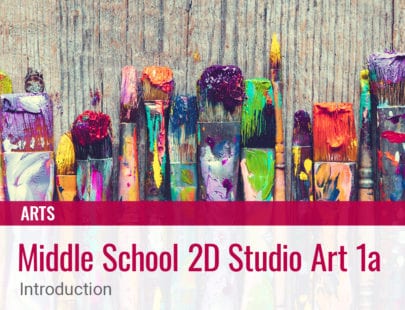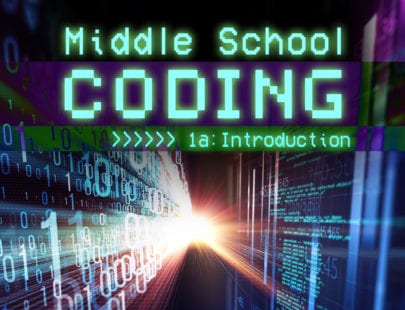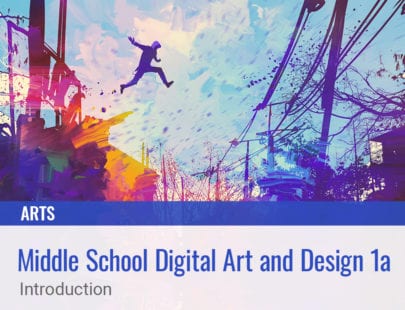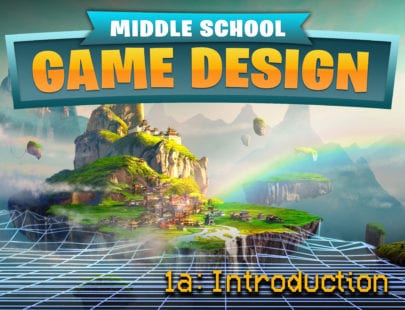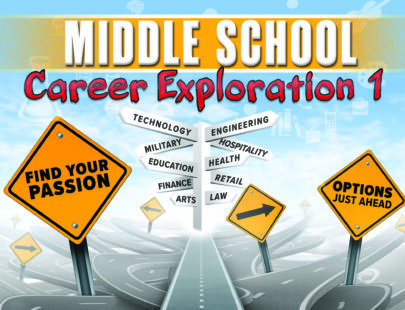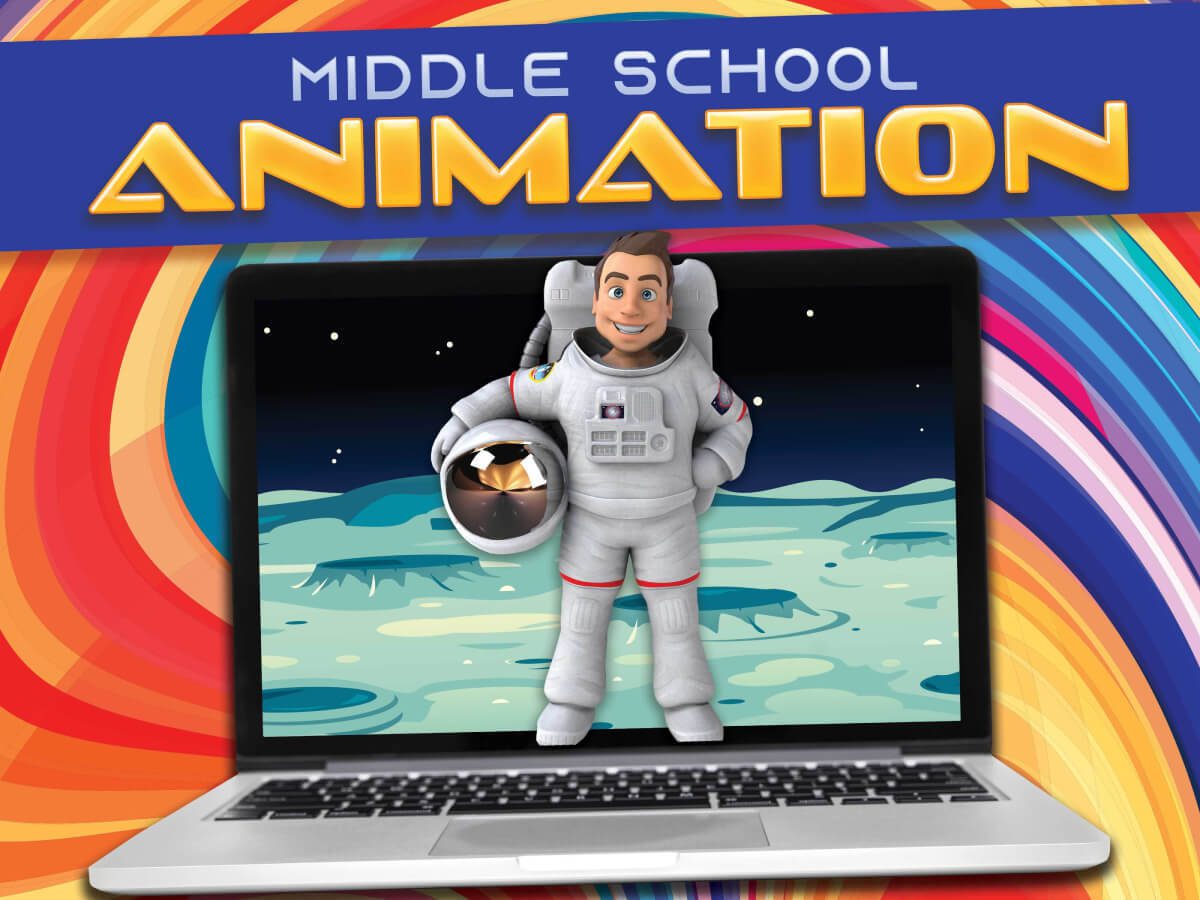
Middle School Animation
Across the decades, there have been many legendary animated characters, but now is the time for YOU to breathe life into the next great animation! In this course, you will explore the history of animation to understand it’s evolution. You’ll also learn the essentials of character development, color theory and design, and the principles of animation while applying your unique animation style to your own animated character. All of your hard work will culminate in your artist’s portfolio so you can show off your hard work. Let’s create a new life!
Units at a Glance
Unit 1: What Is Animation?
What was the first cartoon that you loved? Did you ever wonder how to animate the realistic movement of characters or how to make cool energy blasts? Grab your notebook and pencil—you’re about to become an animator!
What will you learn in this unit?
- Explain how animation got started
- Discuss the significant influences in modern animation
- Describe the 12 principles of animation
- Design a character with shapes and colors that define the character’s personality
Unit 2: Let’s Go 3D!
To get started on any project, you need the right tools and the knowledge to use them. In our case, we want to get animating, so we need a tool that will let us model the character we want to animate. That tool is Blockbench. Let’s check out how we can put Blockbench to work for us to create just the character we’ve imagined.
What will you learn in this unit?
- Explain the Blockbench 3D workflow
- Name and save a Blockbench file
- Describe Blockbench’s edit mode and panels
- Transform a cube using the Blockbench panels
- Identify the hot keys used in Blockbench
- Use Blockbench best practices to create a model
Unit 3: What a Mesh!
When you have played with clay, or gingerbread, or a moldable substance of some kind, what process did you use to make your creation? If you were making a dinosaur, did you shape the torso and then add the limbs later? 3D modeling is similar. We can bring in an existing object and then reshape it however we want. We can add other existing objects or modify the model we have by pulling out or pushing different shapes into it. Let’s use Blockbench to bring the stuff of our imaginations to life!
What will you learn in this unit?
- Perform basic mesh object transformation
- Use the extrude tool to enhance models
- Determine the best locations to place loop cuts
- Create new faces on mesh objects
- Prepare mesh objects for texturing
Unit 4: It’s a Wrap!
Have you ever played a video game and noticed that some of the shadows on a character never changed direction? They always stayed in the same place, regardless of where the light source was and where the character was facing. That is because the shadows were painted onto the character. The highlights and the other details were all painted on a flat surface and then wrapped onto the 3D model, similar to wrapping a present. This would have saved time and computing power. Now, it’s your turn to wrap your model with lively colors and details.
What will you learn in this unit?
- Create a 3D texture
- UV map a 3D model
- Define important terms for describing color and explain how HEX codes relate to colors
- Create a color palette
- Use the Blockbench paint tools to add highlights and shading on a model
Unit 5: Let’s Animate!
Have you ever imagined working for an animation studio? Or maybe you’re ambitious enough to dream of creating your own animation house. Every animator starts with the basics to build a strong foundation. From this foundation comes the ability to make their dreams a reality. As animators, we, too, can bring our ideas to life. Let’s master the fundamentals by exploring the bones and keyframes that will animate our fantasies.
What will you learn in this unit?
- Assign a bone to a 3D model
- Adjust the pivot points for both a 3D model and a bone
- Identify the panels in Animate mode
- Animate a 3D model using keyframes
- Incorporate principles of animation into a 3D animation
Unit 6: Blockbench and Beyond
What do we do at the end of the 3D workflow? We render! We’re going to take our 3D models and export them as animations and interactive models. Then, we’ll look at what else we can do with our Blockbench skills. You’ll learn how to develop a strong portfolio to showcase all of your awesome creations, where to share it, and how to get along with others when working on a team.
What will you learn in this unit?
- Explain the Blockbench 3D rendering process
- Render a GIF animation from a 3D model
- Identify Blockbench tools that are also used in other creative software
- Describe and begin to build your artist’s portfolio
- Discuss the essentials of good communication
Required Materials
Physical
- Writing supplies
- Helper (2)
Software
- Blockbench
- Mixamo
- Presentation software
- Word processing software
Optional
- Audio recording device
- Digital camera
- Google Drive
- Graphic design software
- Video recording device
